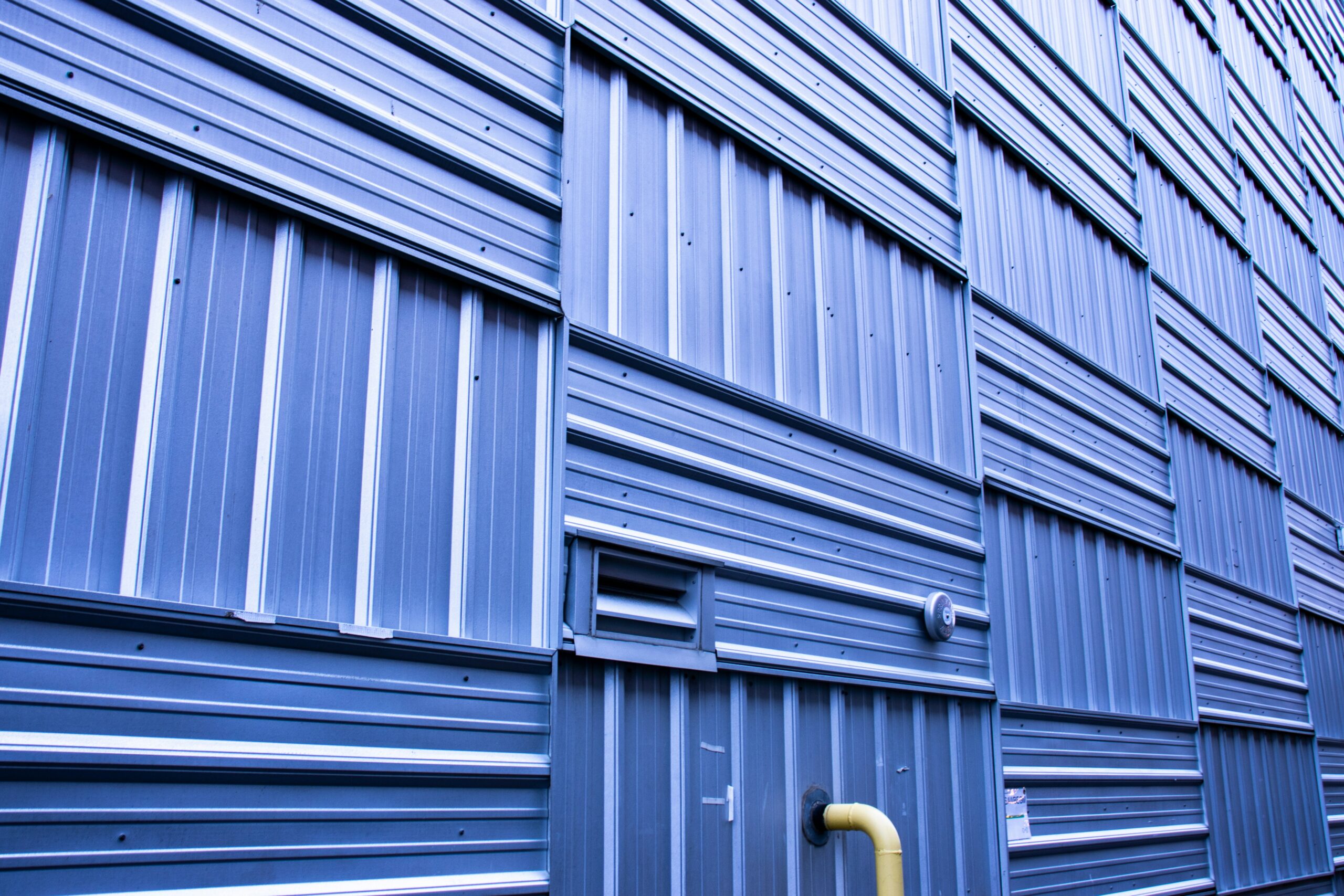Warehouse doors are the gateway to your storage and distribution operations. Whether it’s for receiving shipments, securing valuable inventory, or maintaining energy efficiency, choosing the right type of warehouse door plays a vital role in the performance and safety of your facility. With many options available on the market, understanding warehouse doors is crucial for making the best decision for your business.
1. Importance of Choosing the Right Warehouse Door
A warehouse door is more than just an entrance or exit point. It:
- Secures your goods and personnel.
- Protects the premises from weather and intruders.
- Facilitates smooth logistic operations.
- Enhances energy efficiency.
- Complies with safety and industrial regulations.
A poorly selected or maintained door can lead to frequent repairs, energy loss, and security breaches.
2. Common Types of Warehouse Doors
Here are the main types of doors used in warehouses:
a. Roll-Up Doors
Also known as coiling doors, these are made of steel or aluminum slats that roll into a coil above the doorway. These doors are excellent for space-saving and are often used in high-traffic areas.
Pros:
- Durable and weather-resistant.
- Compact design.
- Easy to automate.
Cons:
- Higher initial cost.
b. Sectional Overhead Doors
These are commonly seen in logistics and industrial settings. They open by sliding up along tracks, usually powered by electric motors.
Pros:
- Excellent insulation.
- Good for large openings.
- Quiet operation.
Cons:
- Requires overhead clearance.
c. High-Speed Doors
Made for efficiency, these doors open and close rapidly to minimize energy loss and maximize workflow.
Pros:
- Energy-efficient.
- Great for temperature-controlled environments.
- Reduces air contamination.
Cons:
- Requires frequent maintenance in high-use areas.
d. Sliding Doors
Usually made of metal or heavy-duty plastic, sliding doors open horizontally and are used where space allows lateral movement.
Pros:
- Simple mechanism.
- Good for wide entrances.
Cons:
- Not suitable for small entry points.
- Limited insulation.
e. Fire-Rated Doors
These doors are engineered to resist fire and help in containing it, giving staff time to evacuate.
Pros:
- Essential for safety compliance.
- Fire and smoke protection.
Cons:
- Heavier and may require specialized installation.
3. Key Factors to Consider Before Buying
When selecting a warehouse door, it’s important to evaluate your operational needs. Here’s what to look for:
a. Size and Opening Frequency
For warehouses with constant in-and-out movement, high-speed doors or roll-up doors are ideal. For occasional access, sectional or sliding doors may suffice.
b. Security Needs
If your facility stores valuable goods, invest in strong materials like steel or reinforced aluminum, along with tamper-proof locking systems.
c. Thermal Insulation
In temperature-sensitive environments, doors with high R-value (insulating capacity) help maintain internal climate and reduce energy costs.
d. Automation and Accessibility
Automatic doors with remote operation enhance productivity, reduce manual handling, and improve safety.
e. Compliance with Building Codes
Ensure the selected door meets all local fire safety, security, and disability compliance requirements.
4. Benefits of Quality Warehouse Doors
Investing in a good warehouse door offers multiple advantages:
- Reduced Energy Bills: Insulated doors prevent energy loss.
- Operational Efficiency: Faster access saves time.
- Lower Maintenance Costs: Durable materials mean fewer repairs.
- Improved Security: Sturdy doors deter unauthorized access.
- Employee Safety: Safety features protect workers from accidents.
5. Maintenance Tips for Longevity
To ensure your warehouse doors last and function optimally, follow these maintenance tips:
- Regular Inspections: Check for rust, misalignment, or worn-out parts.
- Lubrication: Apply grease to tracks, rollers, and hinges periodically.
- Cleanliness: Remove dirt and debris that could affect operation.
- Professional Servicing: Have a technician perform a comprehensive check annually.
- Replace Weather Seals: Damaged seals can compromise insulation and allow pests.
6. Signs It’s Time to Replace Your Warehouse Door
Even with the best care, doors wear out over time. Here are signs you may need a replacement:
- Excessive noise during operation.
- Frequent breakdowns and repairs.
- Visible cracks or dents.
- Poor insulation or air leakage.
- Difficulty in opening or closing.
If your door poses a safety risk or hampers workflow, consider an upgrade.
7. Cost Considerations
Warehouse door costs vary depending on size, material, features, and installation. On average:
- Basic manual roll-up doors may start from ₹40,000 to ₹60,000.
- High-speed or fire-rated doors can cost ₹1,00,000 or more.
Always include installation, automation systems, and future maintenance in your budgeting.
8. Customization Options
Modern doors can be customized to meet aesthetic and operational needs. Customizations may include:
- Color matching with brand theme.
- Windows for natural light.
- Smart sensors for automated entry.
- Remote access via mobile apps.
9. The Role of Technology in Modern Warehouse Doors
With the rise of smart technology, warehouse doors are evolving:
- IoT Integration: Smart doors can alert users of malfunctions or unauthorized access.
- Biometric Access: Fingerprint and face recognition systems for secure entry.
- Cloud Monitoring: Track door usage and schedule maintenance from a dashboard.
These upgrades not only enhance security but also provide valuable data insights.
Conclusion
Choosing the right warehouse door is a strategic decision that affects safety, energy use, and workflow efficiency. With so many styles and features available, it’s important to understand your facility’s specific requirements. From roll-up doors for high-traffic areas to fire-rated doors for safety compliance, every option offers unique benefits.
Don’t underestimate the power of a reliable warehouse door, it’s the first line of defense and efficiency in any logistics operation. Invest in a quality door today, and you’ll see long-term returns in security, productivity, and peace of mind.

